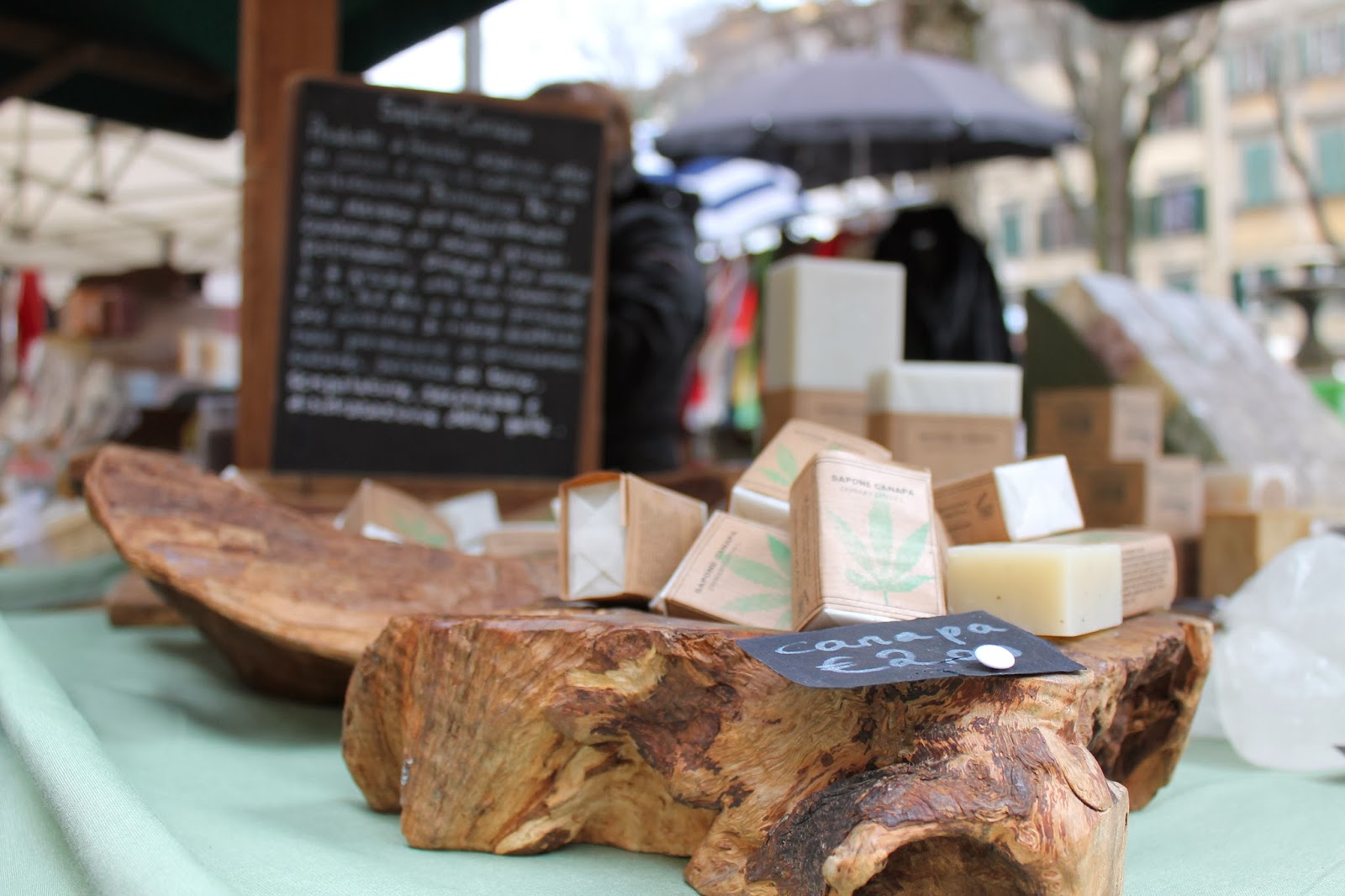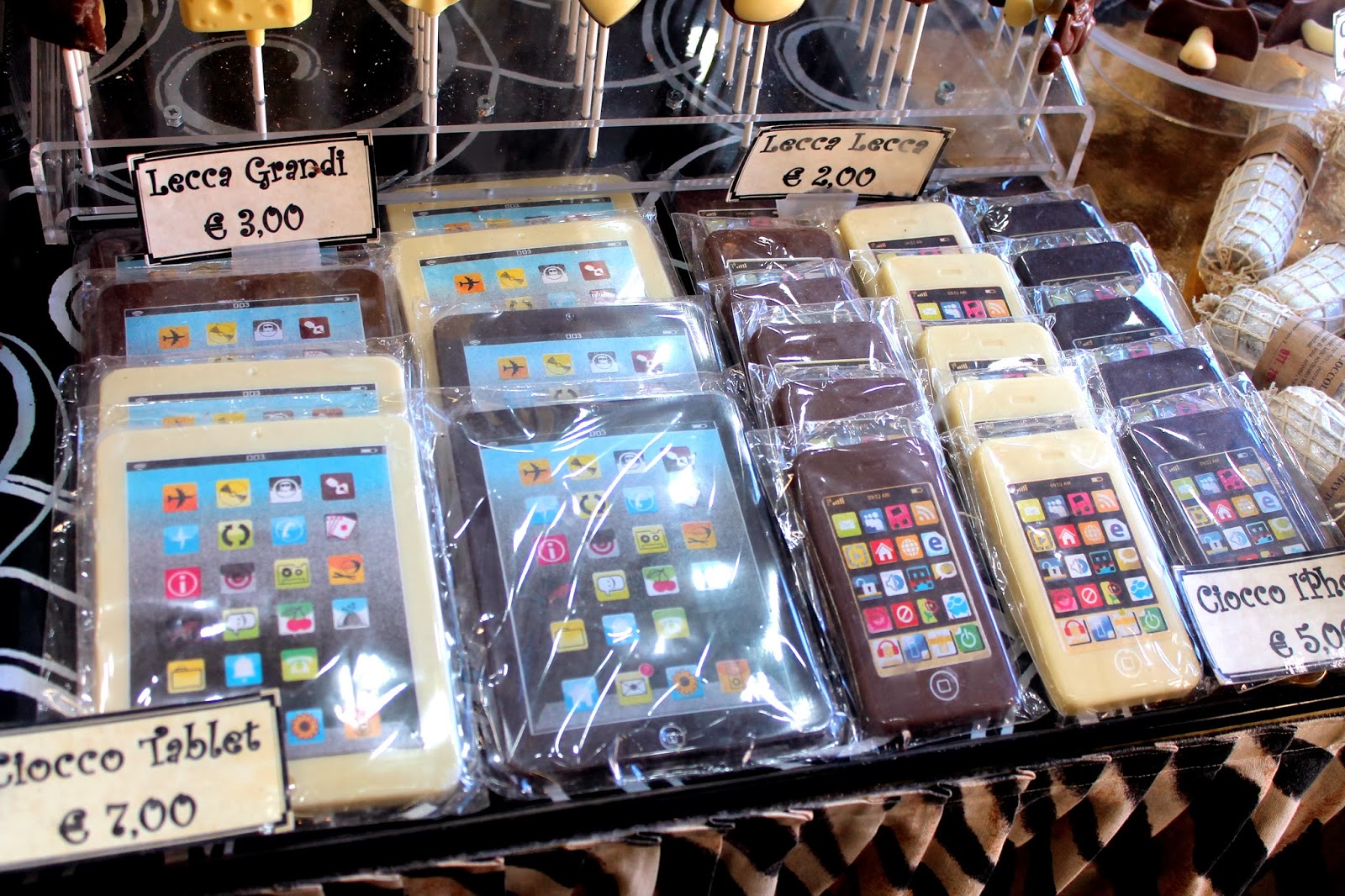Disclaimer: As with any culture discussions, this pertains to the general Italian population. Exceptions will always exist, but this post documents what I've observed of Italians as a whole.
I became inspired to write this post when I walked past this street the other night, while on the way to a Greek restaurant. (Speaking of which, was absolutely amazing.. will need to do food-themed posts for a week. Or a month).
For some reason, this graffiti quote fascinated me (P.S. I am by no means supporting the illicit means of graffiti). But it reminded me of home. Besides the fact that it was in English, the statement sounded… American. And it perfectly sums up what many Italians think about the government.
Franca, my host grandmother, can go on for literally hours about the uselessness of the Italian government. If you think we don't respect our American government enough, well, it's definitely worse here. It's a topic of snide comments, sarcastic conversations, and people to poke fun at. Not necessarily in a rude way, but in a normal, day-to-day, cultural way. As if you were talking about the weather.
To help understand how this mindset came to be, consider recent history. After World War I, Mussolini ruled. Then World War II happened, hurting the country even more. However, from 1946 (due to a referendum), Italy became a republic and grew in the post-war period up to the 1960s. This time of peace allowed some prosperity and stability, as with the rest of the world.
Then we enter into the 1970s. Political upheaval. Uncertainty. Corruption, crime, terrorism, government debt.
(By the way, the Italian mafia is plenty real and alive, folks. We'll save that for another post).
In 1994, Berlusconi was elected as Prime Minister, but then had to step down after losing support. In 2008, he has somehow reobtained power and is "ruling" Italy, despite the controversies and scandal. Update: the used-to-be-mayor of Florence has now non-democratically become Prime Minister.
That was a very, very brief overview of Italian government, but hopefully gives you some background for understanding the current government.
Last week, a congregation of political figures from all over Italy decided to meet in Rome -- for 30 days, I believe. I'm not educated on the specifics, but to sum up the attitude, there's lack of faith, lots of discussion, no visible results, and not much hope in the government. When we visited Rome last weekend, we passed by a mass of reporters waiting outside a government building, hoping to get a glimpse of one of the mayors. Besides police and journalists, however, there was a surprising lack of ordinary people waiting.
After explaining to us what the commotion was about, our tour guide (who is also my art history professor) simply walked us on by, acting like it was no big deal that someone politically famous could be exiting, at any moment.
This reaffirms the idea of how Italians identify with their regions (where they're from in Italy), rather national pride with their government.
On a lighter note, here's a video my Italian professor showed us upon our arrival in Italy. I thought it'd be a great intro to my upcoming posts on Italian culture.
(Heads up -- there may be some sound. Adjust speakers accordingly.)





























































